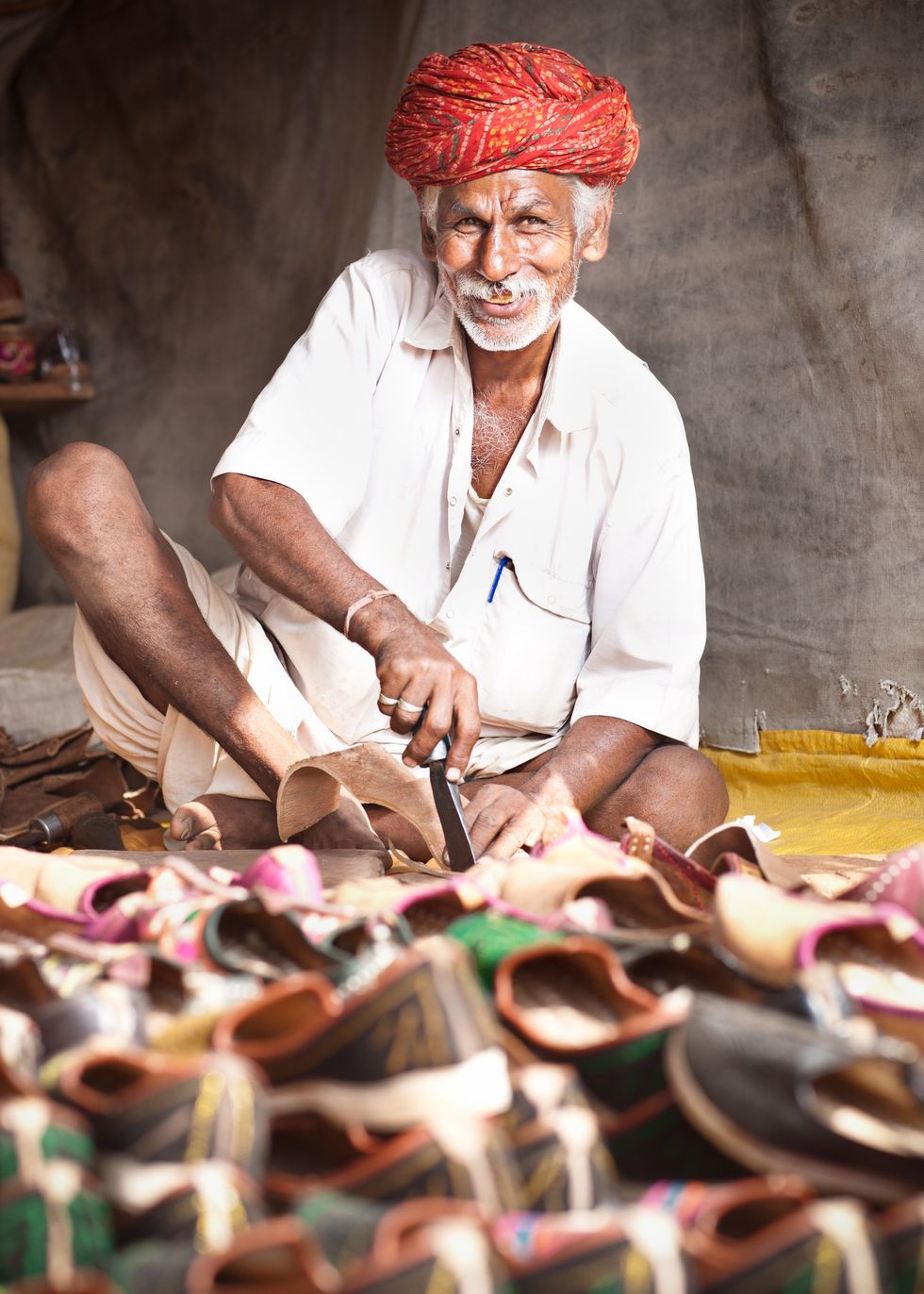TWENTY SIMPLE TIPS TO EASE INTO THE NEW NORMAL
by ASJAD NAZIR
WITH self-isolation restrictions slowly easing and most people getting the vaccine, the world will hopefully start opening up again soon and everyone will be preparing to pick up from where they left off.
Reconnecting with the world won’t be straightforward after having spent so long trapped indoors and the new normal will look very different. So with that in mind, Eastern Eye decided to help you rejoin what will hopefully be a brighter new world, with an easy-to-follow guide of 20 top tips for life after lockdown.
Follow the rules: Restrictions being lifted doesn’t mean the Covid-19 danger is over, so it is important to adopt whatever government guidelines are in place at the time. This will include washing your hands, looking after your health and following any other safety precautions that have been recommended, including while travelling.
Take your time: Having been locked up for well over a year may tempt many to quickly reconnect with everything they have missed out on. Things won’t be the same as before even when the pandemic is over, so it is essential to slowly ease yourself back into life and get used to any changes. Not rushing back will also help your mental health and lessen any coronavirus risk that may still be lurking around. Ignore any pressure from friends, family and social media, who might be going at a quicker pace or trying to tempt you. Have patience and go at your own pace.
Practise: There will be things you haven’t done in a long while, like socialising with huge crowds and long-haul travelling, so ease yourself in by Practising with something smaller. Perhaps socialise in a smaller trusted group and take a short journey first, when it is permitted.
Beware: There is always a chance of a new wave crippling the world, so be aware of what is happening around you. Follow reports from credible news services and listen out for government announcements. This may save you from going into potential hotspots.
Don’t compare: The pandemic has hit people in different ways. So, don’t compare yourself to others and know that each person has unique circumstances, whether good or bad. Concentrate on your own needs.
Acceptance: Some may find it difficult to accept the new changes in the world that waits ahead. The only way to overcome an obstacle is accept that it is there. Take things as they come and remember it is not a race. This will help understand things better, including new challenges.
Be brave: This doesn’t mean face the pandemic head-on but have courage to ask for help if you need it. If like most you have anxiety, then talk to trusted people and remember help will always be at hand. Don’t be so hard on yourself if things are not moving as expected and pick yourself up on down days.
Be flexible: Things will be unpredictable, even when lockdown ends, so don’t be set in your ways. There may be cancellations and new ways of doing existing things, so be flexible enough to adapt. Remember some will take longer to heal from the trauma we have all experienced, so also be patient with others.
Believe in yourself: Having to make adjustments, including potentially starting a new job can be overwhelming, but the first step big step towards a better tomorrow is believing in yourself. Trust yourself to make the right decisions and have belief that any challenge can be overcome. That self-confidence combined with not giving up will help negotiate any unexpected surprises. See life after lockdown as a chance to reset.
Help others: You will want to make up on lost time by doing loads of things, but many others will still be suffering. Some may have long mental trauma and others might still be recovering from long Covid-19, so check in with friends and family, and offer help whenever possible.
Get healthy: Even with the vaccine, the best way to keep Covid-19 at bay and remain strong in the new world that awaits us is to be healthy. Eat healthy food, sleep properly, get exercise, rest well and have plenty of fresh air when possible. Don’t ditch the Zoom calls and keep connected to loved ones, for better mental health.
Remain calm: All the changes may become overwhelming so keep your mind calm, manage any stress and be kind to yourself. Do mindfulness, yoga, use one of many meditation apps or just take a break when things get overwhelming. This will make you more productive and give clarity when decisions need to be made, of which there will be many.
Work smart: Whether you carry on working from home or return to the office, the way we work will change after lockdown. Find out the optimum way to cope with your new circumstances and look out for new opportunities that will arise with the world opening up again.
Prioritise: There will be plenty to do when restrictions end, so it’s important to make a list and put whatever is important at the top. For example, being financially secure would be more important than blowing money on a party and looking after your health is better than getting into old bad habits.
Budget: Stay on top of your finances. There are plenty of money saving tips available online and government help is available. Manage your finances, including saving up for any future setbacks or another coronavirus wave, and get some advice if needed.
Look ahead: It will be difficult to repeat many positives from the past, but there will be plenty of opportunities to create something new. Look for positives that lay ahead and focus on them, instead of what might be missing from life before Covid-19 crippled the world.
Bucket list: This pandemic has shown us all the uncertainty and unpredictability of life, so use it as an opportunity to finally do things you love or always wanted to do. Making long-term plans to do what you always wanted will give you a mental boost and something to look forward to.
Live in the moment: Have something to look forward to, but also learn to live in the moment. This will help avoid disappointment and manage expectations, but also enable you to enjoy all the new positives that will come with lockdown easing, like seeing loved ones.
Bring back normality: There may be new restrictions on certain things, but some things from your old routine will be allowable, ranging from when you wake up to days that were allocated for interests. This will help bring back a sense of normality and lay a foundation for a better tomorrow.
Learn lessons: From surviving with less to managing money better, not taking things for granted and living healthier, there has been plenty lockdown has taught. Take these valuable lessons forward and keep up any good habits you have acquired during self-isolation. A bright new world is waiting for you.






 Prada confirms Kolhapuri chappals inspired its 2026 Milan collectionInstagram/
Prada confirms Kolhapuri chappals inspired its 2026 Milan collectionInstagram/ Kolhapuri chappals have been crafted for centuries and received GI tag in 2019 iStock
Kolhapuri chappals have been crafted for centuries and received GI tag in 2019 iStock 








 Wintour also became synonymous with the Met GalaGetty Images
Wintour also became synonymous with the Met GalaGetty Images

